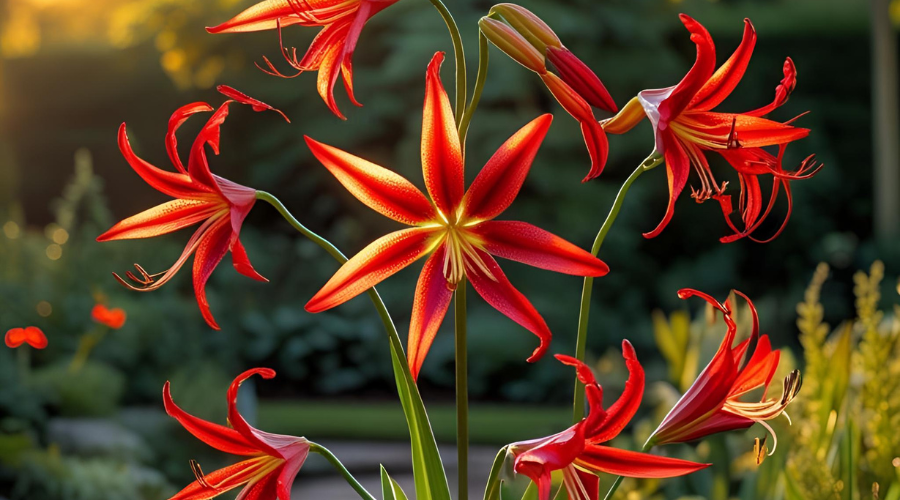
spider lily
Japanese Name:
彼岸花
Romaji Name:
higanbana
Description
↓↓
The Higanbana, commonly known as the Red Spider Lily (Lycoris radiata), is a striking flowering plant native to Japan, China, and Korea. It is famous for its brilliant red flowers that bloom in late summer to early autumn, typically around the time of the Higan (the Autumnal Equinox), a period of traditional Buddhist observance in Japan. This is where the plant gets its name, as "Higan" refers to the equinox, and "bana" means flower.
History
↓↓
The spider lily is native to China, Korea, and Japan. In Japan, it has deep cultural and symbolic associations, often appearing in folklore. The flower blooms around the time of the Higan, a Buddhist holiday marking the equinox, which is when it is most commonly seen in Japan. This is why it’s called "higanbana", meaning "flower of the equinox."
In Japan, the flower is often linked to death and the afterlife. It’s commonly found in cemeteries and on grave sites because of its association with guiding the souls of the dead. However, it is also seen as a symbol of separation and reunion, reflecting the transient nature of life.
Despite its ominous symbolism, the flower is admired for its striking beauty, with its long, delicate red petals that resemble spider legs. The plant is also toxic to humans and animals, which adds to its mystique and cautionary symbolism in folklore.